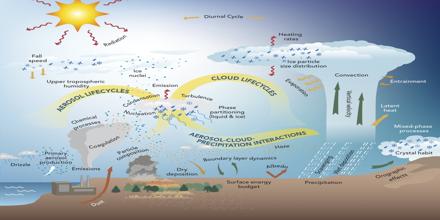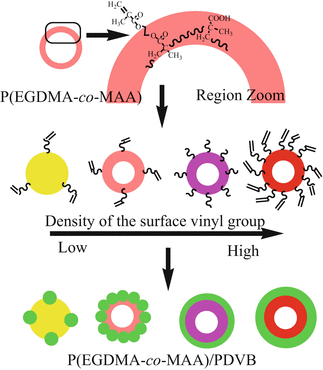
Both uterine vessels and ureters were intact. Posterior lip of the cervix was intact but exposed through the avulsed posterior vaginal vault. There was midline tear seen in the inferior aspect of POD extending down to the previously noted vaginal wall tear. The previous uterine scar and bladder were undamaged. Intra-operatively, there was hemoperitoneum. Attempt was made to suture this rent vaginally, but its apex was opening into the pouch of Douglas (POD) and was not accessible. The rectum and anal canal were unaffected. The previous uterine scar and cervix were intact.

The genital tract was thoroughly and systematically explored under general anesthesia and confirmed the previous finding of the midline posterior vaginal wall tear. Patient was transferred to the operation theatre. Decision was made for exploration under anesthesia, as she was not under epidural. There was no extension of the episiotomy. Exploration of the lower genital tract revealed a long midline laceration over the posterior vaginal wall extending to the posterior fornix with suspicion of avulsion of vaginal vault posteriorly. Her vitals were stable and uterus was contracted, but still she was having profuse vaginal bleeding.

As per Advanced Life Support in Obstetrics (ALSO) guidelines, a second large bore intravenous line, continuous monitoring of vital signs, bimanual uterine massage, oxytocin infusion, intramuscular methylergonivine, misoprostol 1 mgm per rectal, blood group typing and cross match etc. Immediately after delivery of the baby and complete placenta, there was excessive vaginal bleeding. The labor was not induced or augmented, however the patient mentioned eating date fruits.
Precipitate delivery full#
She progressed spontaneously from 3 cm to full dilatation in one hour and within 15 minutes she had a spontaneous vaginal delivery with right medio-lateral episiotomy of a singleton live healthy female baby of 3.2 kg with Apgar 9 at 1 minute. She was admitted to the hospital at 39 weeks of gestation in latent phase of labor with a singleton fetus in left occipito-anterior (LOA) position. Patient had an uneventful antenatal course and had made an informed decision for a planned vaginal birth after cesarean section (VBAC). The patient was 32 year old, gravida 2, para 1 women who had a past history of cesarean delivery by low transverse incision, having delivered a 3.8 kg healthy male child.

We hereby present one such extremely rare case of primary, spontaneous, complete colporrhexis during precipitate vaginal birth after caesarean section. While secondary colporrhexis is reported along with vaginal birth after caesarean section, a reported case of primary colporrhexis after previous caesarean section is apparently rare. The etiology of the infrequent primary spontaneous colporrhexis as in our case is mostly hypothetical. Majority of cases of primary colporrhexis are of traumatic origin. It can be life-threatening and easily missed, with the diagnosis being overlooked. Colporrhexis causing separation of cervix from the vaginal fornix is an unanticipated, but perilous complication of labor.


 0 kommentar(er)
0 kommentar(er)
